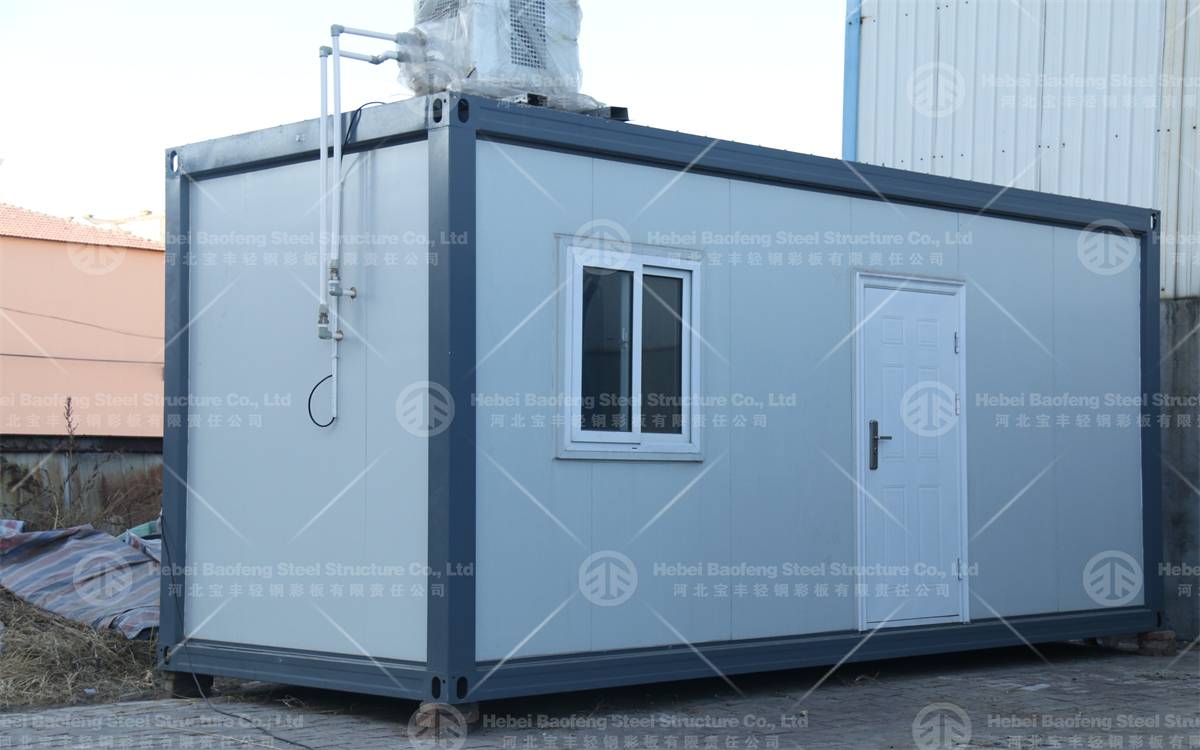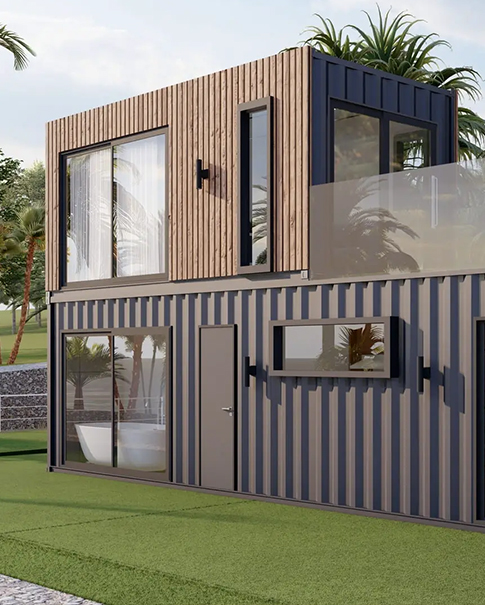How container houses are made?
In recent years, container houses have been favored by more and more people for their unique design and environmental protection characteristics. As a new type of building form, container houses not only have good mobility, but also can effectively utilize resources and reduce construction waste. This article will explore the material composition of container houses in depth to help everyone better understand the charm of this innovative building.
1. The basic structure of the container
The basic material of the container house is the container itself. Containers are usually made of the following materials:
Steel: The main structural material of the container is high-strength steel, which has good compression and tensile properties. This material can withstand heavy loads and maintain stability during transportation.
Anti-rust coating: In order to extend the service life of the container, a layer of anti-rust coating is usually applied to the surface of the container. This coating can effectively resist moisture and corrosion, ensuring the durability of the container in various climatic conditions.
2. Insulation and thermal insulation materials
The thermal insulation and thermal insulation performance of container houses is crucial, especially in extreme climatic conditions. Commonly used thermal insulation materials include:
Polyurethane foam: This material has excellent thermal insulation properties, which can effectively block the conduction of heat and maintain the stability of indoor temperature.
Rock wool or glass wool: These materials not only have good thermal insulation, but also provide certain fire resistance, increasing the safety of the house.
3. Interior decoration materials
The interior decoration materials of container houses are varied, and the common ones are:
Wood: Wood is a popular choice for interior decoration of container houses, which is both beautiful and environmentally friendly. It can be used for the production of floors, walls and furniture to create a warm living environment.
Gypsum board: Used for the decoration of walls and ceilings, gypsum board has good fire resistance and sound insulation, which can improve the comfort of living.
Tiles and floor materials: In wet areas such as kitchens and bathrooms, tiles are commonly used floor materials, easy to clean and durable.
4. Water and electricity facilities
The water and electricity facilities of container houses are equally important, and the commonly used materials include:
Wires and cables: Wires and cables used for power supply need to meet national standards to ensure safety and stability.
Pipes: Water pipes are usually made of PVC or copper, which can effectively prevent water leakage and corrosion.
5. Application of environmentally friendly materials
With the increase of environmental awareness, more and more container houses are beginning to use renewable materials. For example:
Recycled wood: Using recycled wood for decoration is not only environmentally friendly, but also adds a unique style to the house.
Solar panels: Installing solar panels on the roof of the container house can utilize renewable energy and reduce energy consumption.


